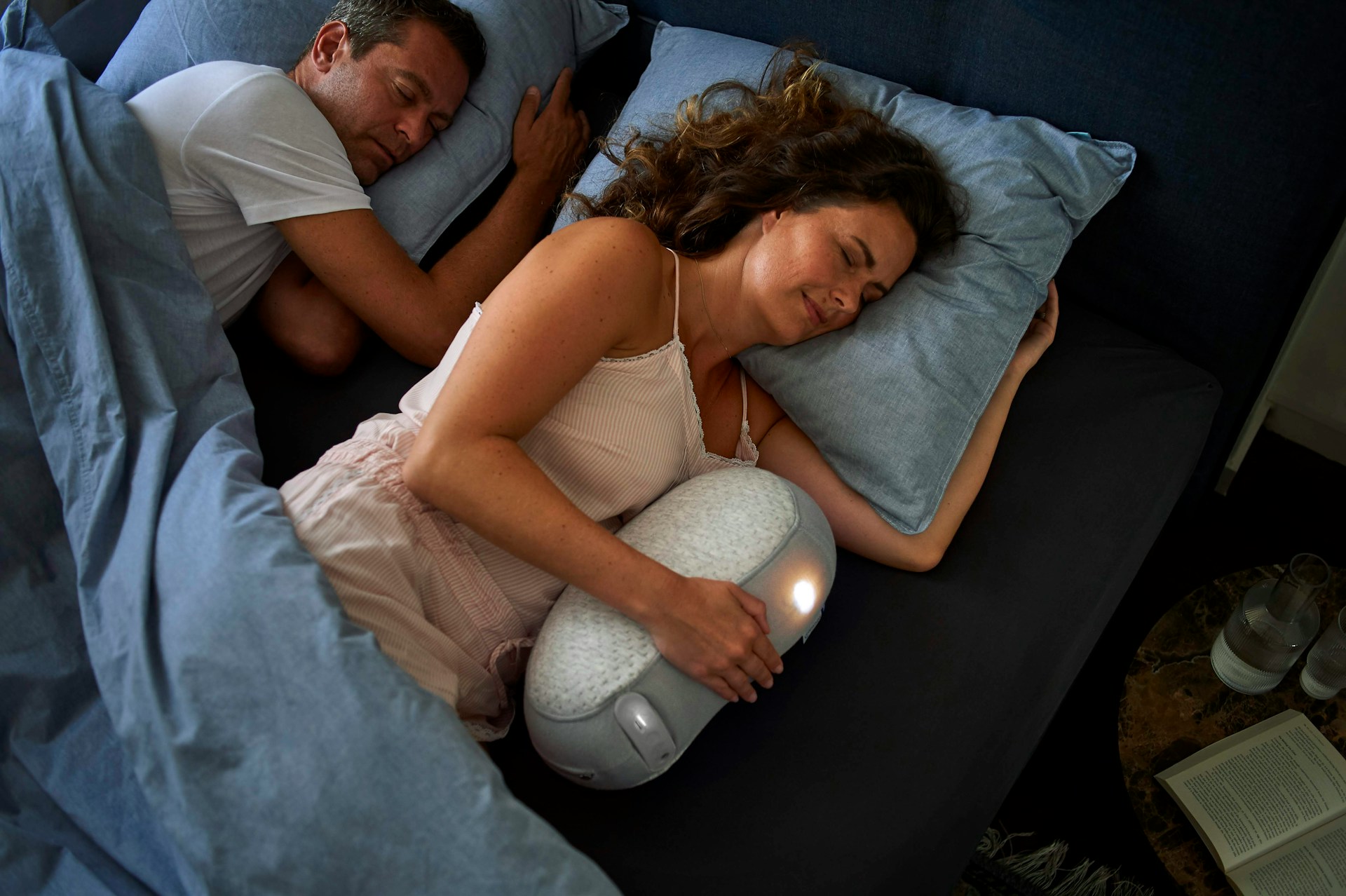Chronic pain—a persistent thorn in the side of many—can transform the simplest activities into Herculean tasks, profoundly affecting one’s quality of life. Amidst the myriad strategies to manage this invisible adversary, the role of sleep is often overshadowed despite its critical influence on pain perception and overall well-being. This post delves into the symbiotic relationship between sleep and chronic pain, offering insights into how enhancing sleep hygiene can serve as a cornerstone in effective pain management.
The Connection Between Sleep and Chronic Pain
The dance between sleep and pain is intricate, with each step affecting the other’s rhythm. Chronic pain can be both a cause and a consequence of sleep disturbances, creating a vicious cycle that exacerbates suffering. Neurologically, the pathways of pain and sleep intersect; inadequate sleep can heighten pain sensitivity by affecting neurotransmitter levels and increasing stress hormone production. Conversely, research suggests that improved sleep can significantly lower pain thresholds, offering a beacon of hope for those caught in the cycle.
Consequences of Poor Sleep for Chronic Pain Sufferers
The repercussions of sleep deprivation extend beyond mere fatigue, especially for those battling chronic pain. In short, a lack of restorative sleep can amplify pain perception, making daily tasks insurmountable. Over time, the chronic stress from poor sleep can lead to more severe health issues, including cardiovascular diseases and weakened immune function. Psychologically, the interplay between sleep and pain can fuel anxiety and depression, further diminishing the quality of life.
Principles of Good Sleep Hygiene
Sleep hygiene, the practices and habits conducive to regularly sleeping, is foundational to managing chronic pain. Improving the sleep environment—by ensuring a comfortable mattress, reducing noise and light exposure, and maintaining a cool room temperature—can significantly enhance sleep quality. Equally important is establishing a consistent sleep schedule and a calming pre-sleep routine, signaling to your body that it’s time to wind down.
Strategies to Improve Sleep in the Context of Chronic Pain
For those grappling with chronic pain, tailored strategies are essential. Incorporating relaxation techniques such as deep breathing, progressive muscle relaxation, or guided imagery can ease the transition into sleep. Gentle physical activity, aligned with one’s pain threshold and capabilities, can also promote better sleep. Furthermore, dietary adjustments—limiting caffeine and heavy meals before bedtime—and judicious use of medications or natural supplements can support sleep quality.
Integrating Sleep Hygiene into Your Pain Management Plan
Adopting improved sleep practices requires a holistic approach. Start by evaluating your current habits and identifying potential areas for change. Engage with healthcare professionals to address any underlying sleep disorders and tailor pain management strategies incorporating sleep improvement. Celebrate small victories and be patient as you adjust to new routines. Remember, improving sleep hygiene is a process that holds great promise in enhancing your overall pain management strategy.
Conclusion
The journey towards managing chronic pain is multifaceted, with sleep playing a pivotal role. By understanding and improving your sleep hygiene, you embark on a path not just towards better sleep but towards a more manageable and enjoyable life. Let this guide be a starting point for you to break the cycle of pain and sleep disturbances, embracing the night as a time for healing and rejuvenation.




